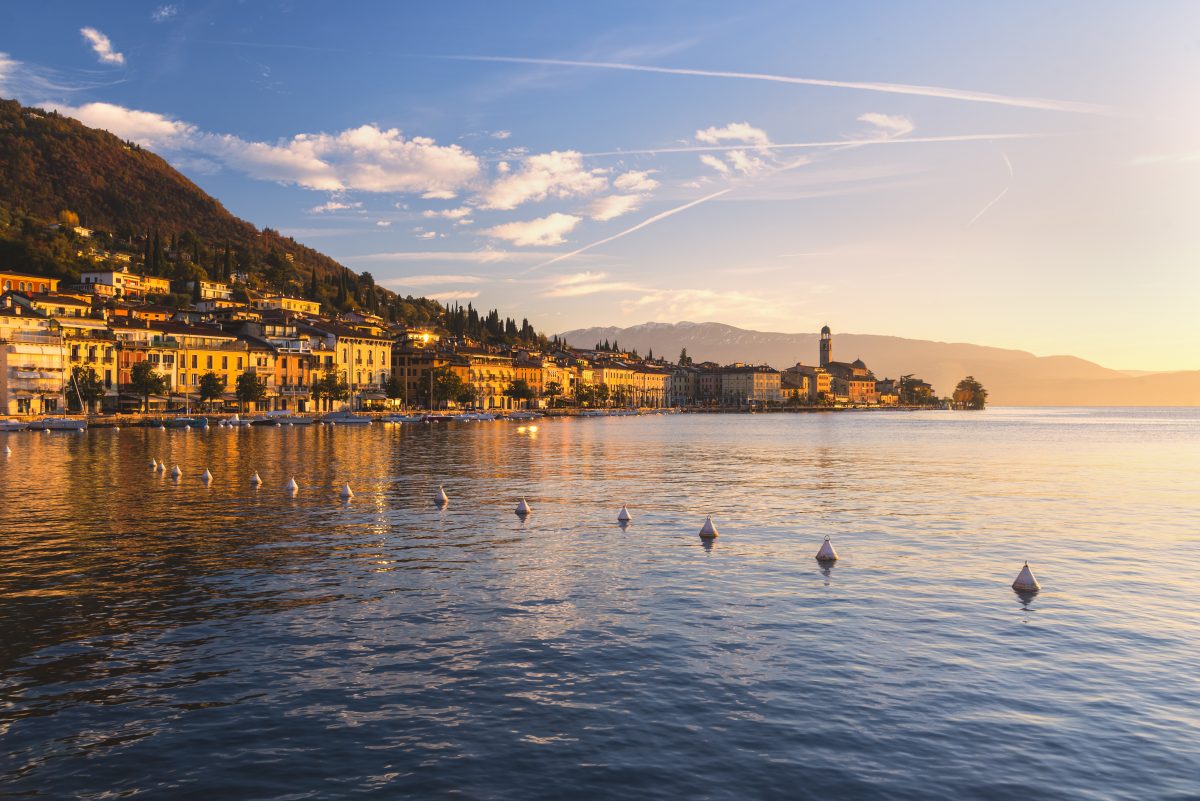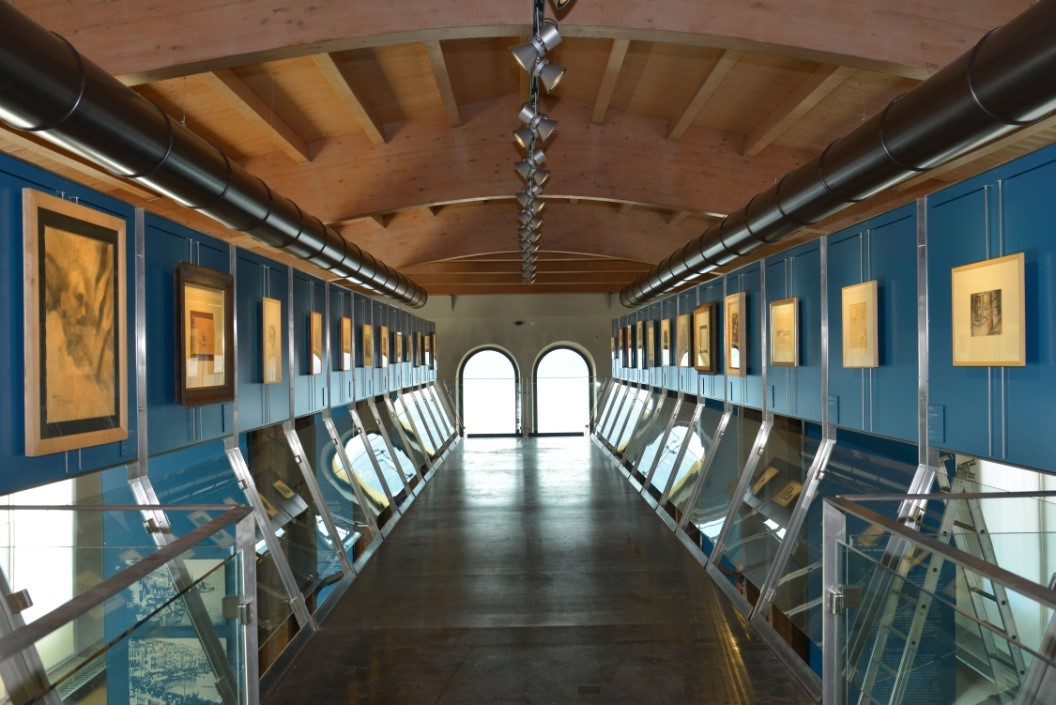The town of Salò, located in the splendid gulf of the same name on Lake Garda, has a long and important history: regional capital during Magnifica Patria in the 14th century, birth place of Gasparo da Salò (1542-1609), seat of the Republic of Salò (1943-1945) founded by Benito Mussolini. Today, Salò is one of the most elegant and popular tourist destinations on Lake Garda.
Benefiting from its geographic position close to the city of Brescia and the main transportation routes, Salò has thrived continuously and always ensured the very best tourist offering. This includes the beautiful lakefront promenade, which was recently extended, making it one of the longest on Lake Garda.
The Museum of Salò, or MuSa, was founded in 2015 to preserve precisely the history and culture of the town and convery the identity of Salò to the thousands of tourists visiting every year.
MuSa: a testament to the identity of Salò
The MuSa of Salò tells the story of the city and its surroundings through an well-structured chronological itinerary, which winds its way through the spacious and fascinating spaces of both the monastery and church of Santa Giustina. Built from the 16th century onward, these facilities were home to the Order of the Somaschi Fathers, traditionally dedicated to the education and instruction of the clergy and the people.


Located in the upper part of Salò’s historic center, in a dominant position and a stone’s throw from the lake, the museum interprets the evolution of the city and its surroundings from Roman times to the present.
Consisting of numerous sections dedicated not only to history, art history and archaeology, but also to science and technology, the MuSa is a rich and heterogeneous museum, partly by virtue of the size and layout of the spaces, which impress the visitors with their airiness and majesty. The museum was inaugurated on 6 June 2015 and obtained regional accreditation during 2016.
Among archaeological artifacts, precious illuminated manuscripts, paintings, musical instruments and anatomical preparations, a visit to the museum provides a journey into an unknown Salò. Historical-archaeological and artistic sections alternate with spaces dedicated to science and experimentation, such as the section devoted to the Pio Bettoni Meteoseismic Observatory founded in 1877, and to the anatomical preparations of Dr. Rini, who in the first half of the 19th century conducted groundbreaking experiments on the preservation of bodies for study.


The top floor is dedicated to the Civica Raccolta del Disegno, a collection of over 800 drawings that includes works by the main exponents of the Italian artistic scene from the post-WWII period to the present day.
On the basement floor, the MuSa houses the Nastro Azzurro Museum: founded in 1949, it collects proofs and documents of war decorators, relics of the Risorgimento and World War I and II. In June 2023, a new, large section dedicated to the tragic days of the Republic of Salò was inaugurated.
For details, contact +39 0365 21423, info@museodisalo.it or visit the official museum website.
MuSa - Museo di Salò
Via Brunati, 9 , Salò


Where is it located?
Location
MuSa - Museo di Salò
Via Brunati, 9 • Salò
Request information





